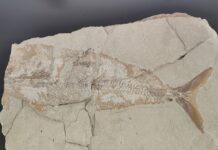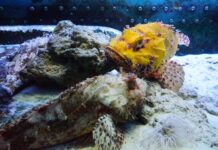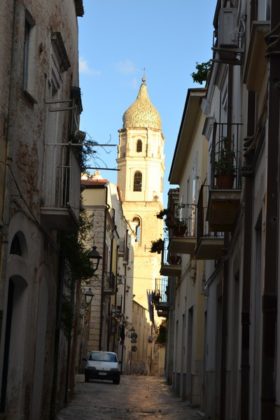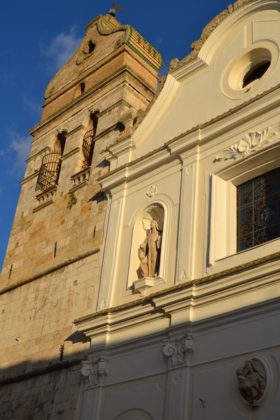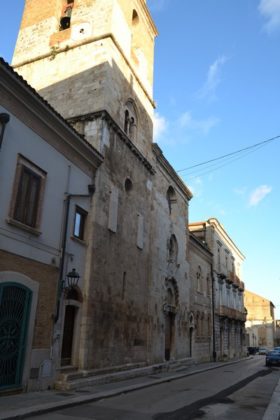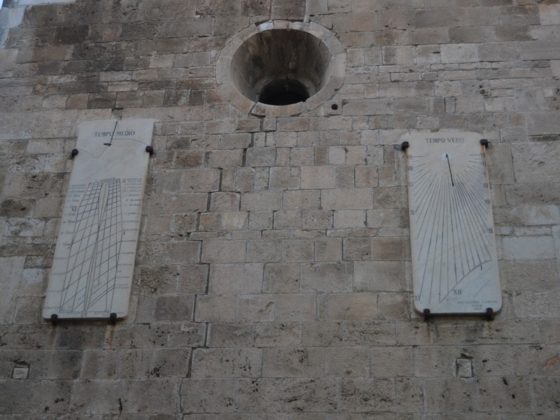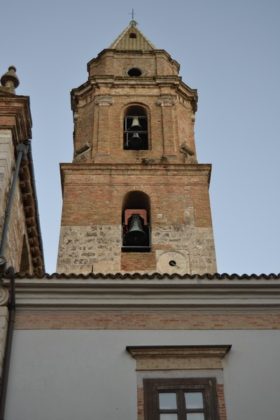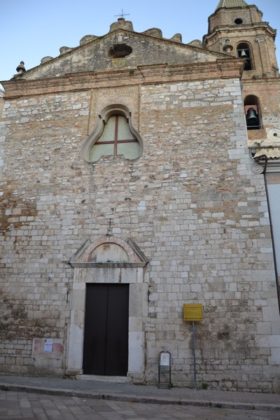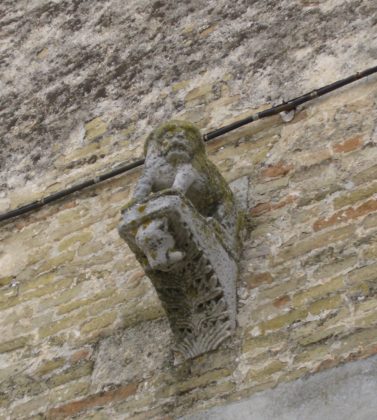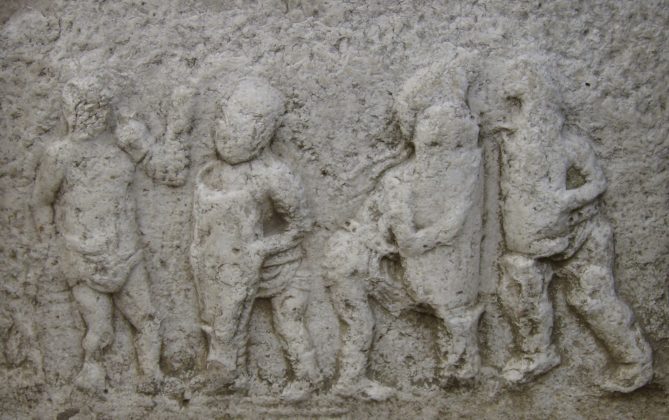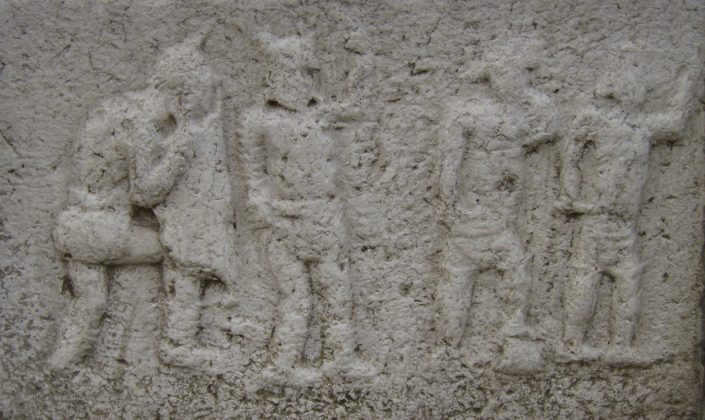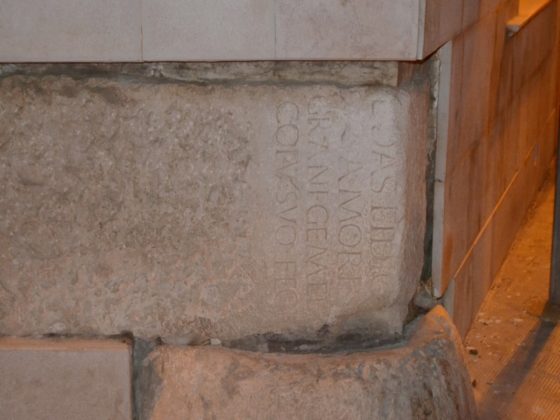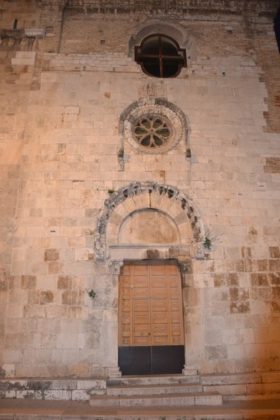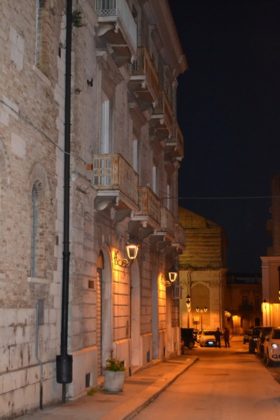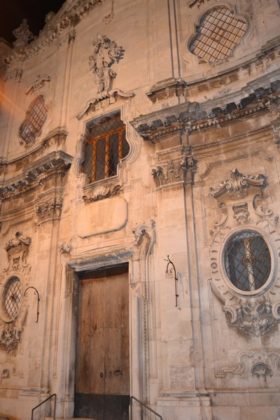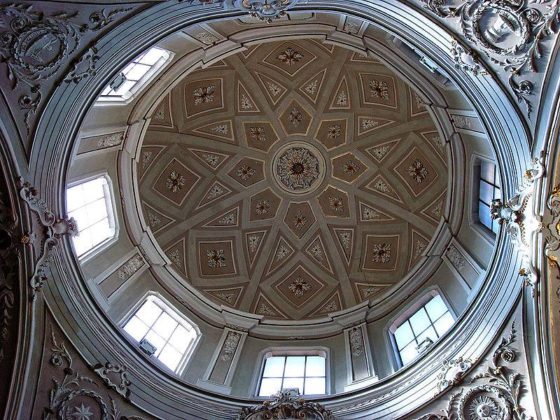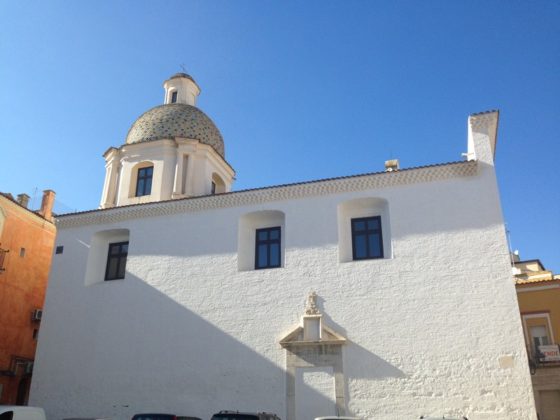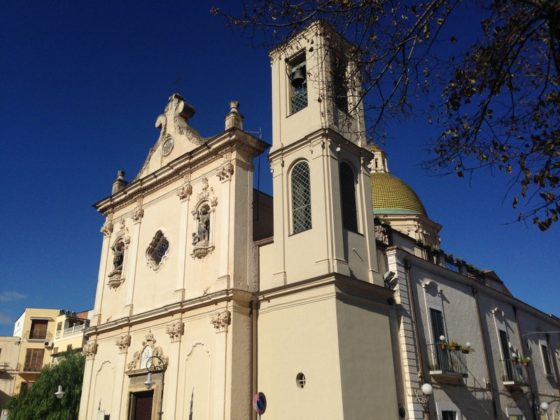It’s ancient the city of San Severo, located in the center of Daunia. In its countrysides around the village they have been found traces of various Neolithic settlements. But its first name, San Severino, is linked to the holy apostle of Norico, abbot of the fifth century, the precursor of St. Benedict. On the Via Sacra Langobardorum arose a primitive church dedicated to the saint from whom was formed around the year one thousand, thanks to the continuous influx of pilgrims to Monte Sant’Angelo, the present-day town, originally called Castellum Sancti Severini.
The Baroque capital and city of steeples
The town, thanks to its favorable position, quickly assumed great importance and became the seat of Venetian, Florentine, Saracens and Jews merchants. The whole history of San Severo revolves around characters and events very interesting: in 1230 rebelled against Emperor Frederick II, who, after having punished with the demolition of the walls, gave it to the Knights Templar. It was later declared a royal city, and hosted several monarchs, including Giovanna I and Ferrante d’Aragona.
In the sixteenth century was the seat of the Governor of the province of Capitanata and Molise, a region which was the capital, and the court of the Royal Audience. In 1536 the Emperor Charles V visited it and in that time he instituted the Council of Forty, expression of powerful reggimentarie families. In this period the city minted its own currency, its rare tornese.
Only a few years earlier, in 1528, it was a great miracle happened: when surprise, in the middle of the night, the Spanish army had raided in San Severo, with the intention to capture it and put it to plunder, the holy glory patron, the abbot Severino, appeared on horseback on the city walls with a red flag in his left hand and a sword in his right hand, and followed by terrible heavenly host, put to rout the invader, saving the city.
Since then he was solemnly proclaimed Defensor Patriae and was inserted into the coat of arms.
We listen to exciting stories about the town, the Baroque capital and city of steeples, by Giuseppe dell’Oglio, tour guide with a great passion for history and a phenomenal memory for facts and dates. We addressed to him the president of the Pro Loco of San Severo ((via San Giuseppe, 29 – tel. +39 0882 604558 – proloco.sansevero@libero.it), Dr. Raffaele Florio, who later made available in person to procure an appointment to visit one of the glories, the most recent, of the city: the Cantine D’Araprì in which an excellent sparkling wine is produced with the classic method.
While we are led between the streets and squares of the interesting old town, Giuseppe continues to tell us of his city, competently and by transport. He speaks to us of the relationship between the dauno center and Sangro Dukes, who obtained the title of Prince of Sansevero. And the catastrophic earthquake of 30 July 1627 that leveled churches and palaces. Construction was slow, but in the eighteenth century, returned to the center of business interests and especially agricultural, San Severo flourished in the baroque spirit, more like that straight and compound Neapolitan and Roman than to the exuberant of Lecce.
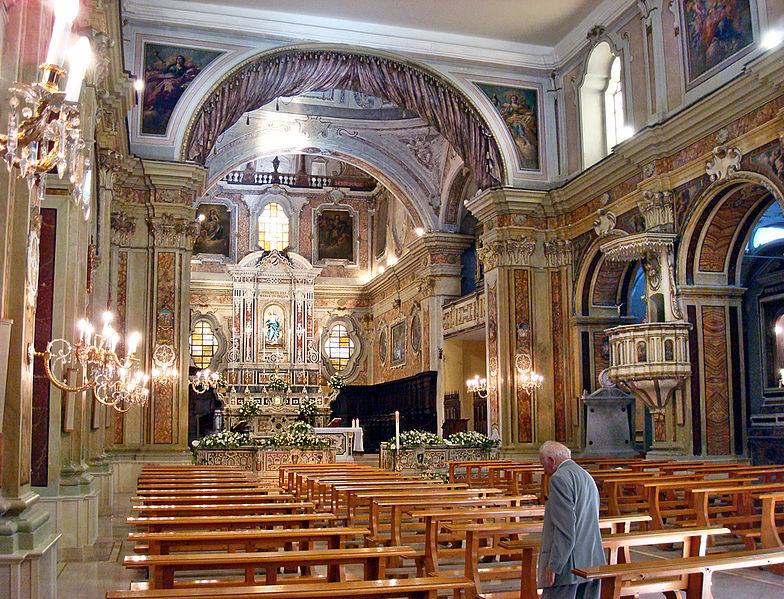
Witness today are the numerous noble and bourgeois palaces, monumental monasteries of the Celestine, Franciscan and Benedictine nuns, and several churches. Beginning with the cathedral of Santa Maria Assunta, which preserves, alongside the few medieval remains as the great rose window and the rich baptismal font, beautiful paintings and eighteenth-century baroque marble.
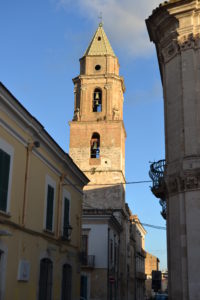 The old mother church of St. Severino, dedicated to the patron saint, has instead Romanesque exterior which features the façade with the beautiful rose window with six spokes and a slender bell tower with a pyramidal spire.
The old mother church of St. Severino, dedicated to the patron saint, has instead Romanesque exterior which features the façade with the beautiful rose window with six spokes and a slender bell tower with a pyramidal spire.
Also the scenic church of St. Nicholas, from magnificent Rococo interior, while the collegiate church of San Giovanni Battista has many paintings of the Neapolitan school.
Combined with the mother church, the other two are the churches declared national monument: San Lorenzo with a superb rococo façade and the elegant bell tower, and the church of the Pietà, home of the brotherhood of the Dead, from the sumptuous interior, decorated with polychrome marble and paintings baroque, in which stands the great altar machine by Michele Salemme.
Nearby is the church of the Carmine, topped by elegant majolica dome and sober eighteenth century facade, with statues of St. Michael and the Guardian Angels.
Among the other churches, Giuseppe accompanies us to admire that of Trinità dei Celestini, with the solemn facade with the prospect of the main square of the city and the unique interior with paintings by Girolamo Cenatempo and Giuseppe Castellano, statues of Giacomo Colombo and Gregorio Palmieri, the eighteenth-century sumptuous organ by Gennaro Bradetta, Neapolitan marble altars of the eighteenth century and precious baroque stucco.

At last the sanctuary of the Madonna del Soccorso, the Madonna Nera who in 1857 will be elected main patron of the city and diocese alongside St. Severino and San Severo. The church has a beautiful eighteenth-century façade, which houses the statue of the venerated brown patron, in whose honor and Severino and Severo patron saints, it takes place in the month May a feast with a historical procession characterized by numerous statues of saints and the real fire caused by noisy “batteries” pyrotechnic, called also “fires”.



